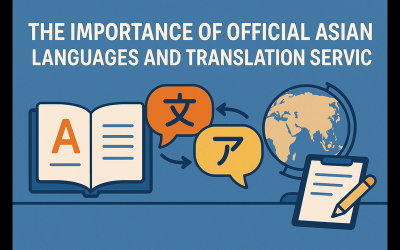As the internet has grown into the desired medium for advertising, services, purchasing of goods and marketing, consumers reach the goods or services easier both locally and globally. The impact of the internet on a fast-paced global basis offers instant online service for consumers by providing fast service with low energy consumption.
The significant growth of digitalization changes the way people utilize the Web. While doing E-commerce in MENA, you have to be aware of cultural facts. It brings along more user interactivity, collaboration, and network connectivity in order to enhance digital communication channels. Undoubtedly, the evolution of the retail sector is led by the technological developments. MENA region will be concerned accordingly.
As the use of new technology and digital communication channels increase, socializing online, gathering information or entertaining through devices change form.
The uses of internet and consumer behavior differ from one culture to another. Protranslate.net team had the chance to observe both successful and unsuccessful market entrants.
MENA – A CLOSED COMMUNITY
It is quite hard to gather in-depth market information according to restrictions such as political issues and laws. However, the key metrics present MENA as an attractive market. Before doing e-commerce in MENA region, it would be nice to reconsider the macro-facts. Here are some derived from reports:
- Frost and Sullivan report estimates that the value of the ‘internet economy’ in the MENA region will double to $200 bn. by 2020, which is expected to be 5% of the region’s GDP.
- E-commerce Foundation emphasized that 2014 MENA e-commerce market turnover was $21.7 bn.; therefore the growth of turnover became 18.6% in 2015. Thus, 2015 turnover reached to $25.8bn.
- According to GlobalizationPartners.com, The Kingdom of Saudi Arabia and Egypt are leading the online purchases in the region. Their predictions claim that e-commerce of the physical products’ market will reach $13.4 bn. in MENA region by the end of 2020.
- GlobalizationPartners also stated that Pay fort, which serves as an online payment platform for the Middle East, expects that Egypt, UAE, and Kuwait’s major markets will continue to drive changes in MENA e-commerce.
3 Most Important Facts to Consider before Entering the MENA Market
NEVER THINK THAT ALL ARABIC SPEAKING CONSUMERS BEHAVE THE SAME
The first strategic mistake companies fall into while entering the market is treating the 400 million Arabic-speaking population in the same way.
You have to decide well while translating the words like “God” into Arabic. In a standardized Quality Control Process, the localization team might decide to replace the word with a different one (in terms of meaning), because the gamers in Kingdom of Saudi Arabia would negatively react to this use because of their religious views.
The Syrian translator was a Muslim & Arab expert with 10 years of translation experience in gaming industry.
Here are some significant differences between the countries:
- Accents
- Religious approach and cultures
- State and the general politics
- GDP per capita / Purchasing power (**)
CONSIDER YOUR PAYMENT METHOD TWICE: Companies struggle to close sales while doing E-commerce in MENA
The credit card penetration in MENA is promising; however, the consumers tend to pay offline. The credit card is generally accepted as a tool of simplifying the face-to-face purchases. Saudi consumers mostly tend to pay at the delivery stage; even if you are a well-known company within the region.
The reputable Saudi Arabian firms are provided by one of the biggest payment banking system ”SADAD”. It facilitates bill payment transactions of end consumers through all channels of the banks. The start-ups of MENA region will likely to suffer when it comes to the credibility of payment. You can find more detailed information about payment methods for MENA region in our article.
The Arab shoppers are mostly influenced by:
- CASH ON DELIVERY (51%),
- CREDIT CARD (26%),
- PREPAID CASH CARDS (8%),
- DEBIT CARD (6%) AND OTHERS.
ALPHABET MEANS A LOT
Arabic alphabet – likewise Hebrew and Persian – is consisted of different characters. In addition, the texts are meaningful if written from right to left. While doing e-commerce in MENA region, your banners, boxes, buttons etc. should have readability in terms of space.
If you have a website or mobile app and trying to localize it in the MENA region; besides the backend of your software, you should take care of the UX details as well. Website localization is usually provided by special agencies with certain qualification and expertise of the local market.
Certified Translation Services
Get your documents translated and certified by a professional translator in 120+ languages with 24 hour delivery.
Get a Quote Rana Maalouf
Rana Maalouf

